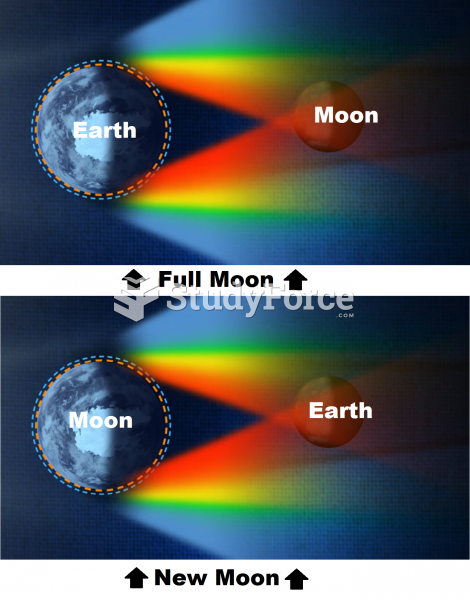Most of our detailed information on the Moon's interior comes from seismic data obtained from equipment left on the lunar surface by astronauts. These measurements indicate only very weak moonquakes deep within the lunar interior. Even if you stood directly above one of these quakes, you would not feel the vibrations. The average moonquake releases about as much energy as a firecracker, and no large quakes have ever been detected. This barely perceptible seismic activity confirms the idea that the Moon is geologically dead. Even so, researchers can use these weak lunar vibrations to learn about the Moon's interior.
a. Astronauts left equipment on the moon to be used on future Moon explorations.
b. We know the Moon is geologically dead because recent studies show almost no seismic activity.
c. If you were on the Moon during a moonquake, you would not feel vibrations because of lack of energy and atmosphere.
d. Moonquakes on the Moon can be equated with earthquakes on Earth in terms of causes and severity.
Question 2
One serious effect of global warming that is widely believed to be possible is a worldwide rise in sea level of perhaps 1 to 5 meters (3 to 16 feet). People living near coasts would face danger from rising seas. The danger would not be from constant inundation, because sea level would rise very gradually over years, allowing people time to relocate, raise structures, or build dikes. The danger would be from occasional severe storms that would cause sudden flooding farther inland. The Dutch have shown that well built dikes can hold back the sea, but poorer countries cannot afford such protection.
a. Serious effects of global warming could be rising sea levels of 1 to 5 meters (3 to 16 feet) and severe storms that could cause sudden flooding.
b. Poor countries would suffer devastating losses because the sea level would rise rapidly before they could prepare.
c. The people living inland would not face severe danger because most of the flooding would be along the coastlines.
d. The Dutch instigated the idea of building dikes to control flooding if global warming continues.







